O’Connell Bridge in Dublin used to be made of rope and was only able to hold one person at a time. In 1801 it was replaced with a wooden bridge. In 1863, it was rebuilt again, this time using concrete. It was originally known as ‘Carlisle Bridge’.
* * *

* * *
The youngest child in an Irish family is sometimes refered to as the ‘íochtar’ –pronounced ‘eek-tur’. The literal meaning of íochtar is ‘lower part’
![]()
According to Irish legend, St Patrick was given a piece of land in Co Armagh after he brought the Irish chief Daire and his horse back to life.
The land is known as the ‘Ridge of the Willow Tree’ and it is where the St Patrick’s Church of Ireland Cathedral was built.
* * *
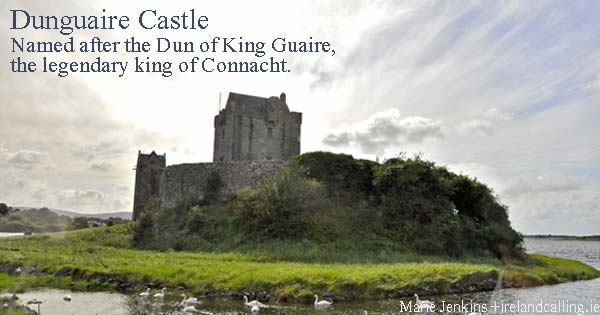
A dun is an ancient or medieval fort. It describes a hill fort or an Atlantic roundhouse.
Folklore surrounding castle says the Lord of Dunguaire Castle was generous to all, and his generosity continued this after he died. A beggar who King Guaire had often helped in life visited the King’s grave and said, “King Guaire, even you cannot help me now.” It is said that the King’s skeletal hand dropped gold coins at the beggar’s feet.
The legend says, that even to this day, if someone asks a question while standing by the castle, it will be answered by night-time.
* * *
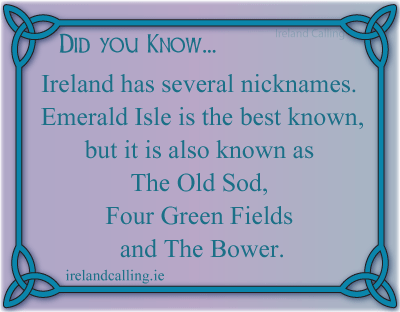
* * *
The oldest pub in Dublin is The Boot Inn. It opened in 1593 making it 421 years old.
* * *
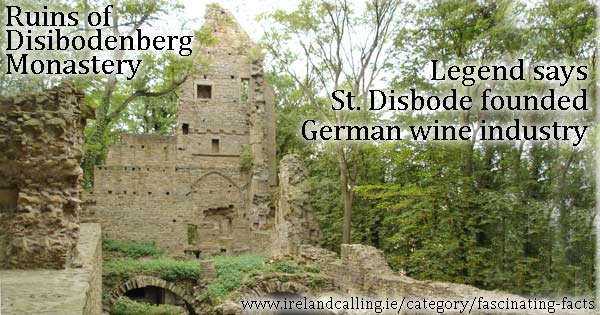
September 8th is the feast day of St. Disbode. He was a 7th century Irish monk and missionary, teaching in Germany. He dreamt that he should build a cell where the Rivers Nahe and Glan meet. After his death, a Disibodenberg Monastery was later built on that site.
According to German legend, wine began pouring from St. Disbode’s staff, and from this incident, the German wine industry was founded.
![]()
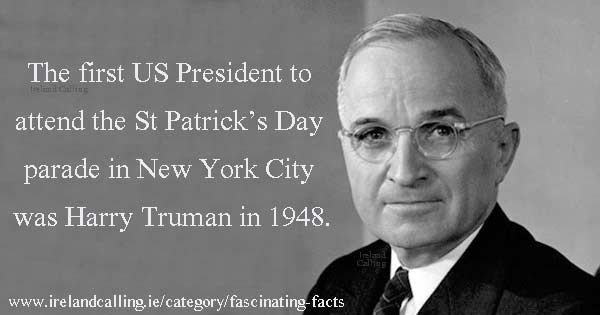
* * *
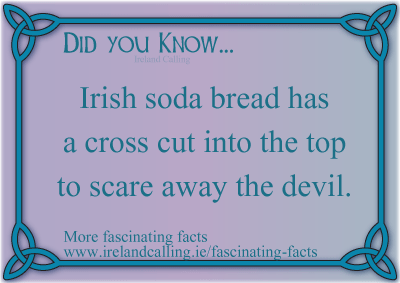
* * *
Ireland’s St Patrick is also the patron saint of engineers.
![]()
The smallest church in Ireland is just 10ft long by 6ft wide. It is dedicated to St Gobhnan who is the patron saint of builders. It is in Portbraden, Co Antrim.

